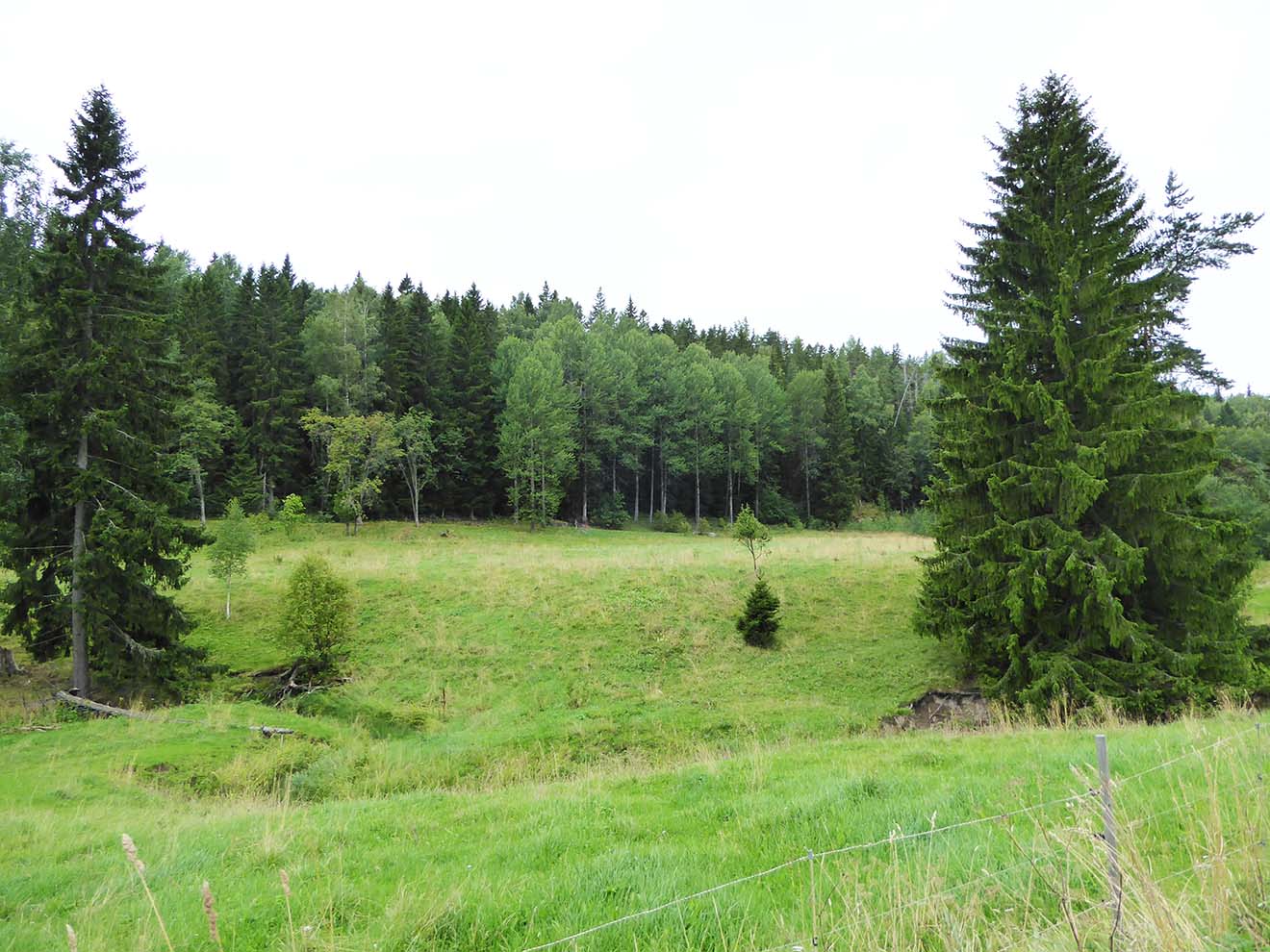The goal of the circular economy is to improve the use of resources and materials by preserving both value and raw materials in circulation. In its simplest form, the circular economy is the reuse of materials, and the goal is to reuse them as many times as possible.

Photo: Riina Kärki
Acting according to the principles of the circular economy has a positive effect on energy efficiency. When the product is used or manufactured again a significant part of the energy used in the original production is saved. From the point of view of companies, circular economy thinking creates opportunities for lower costs and the growth of new business and strategic repositioning. Cost savings most often come from resource and energy efficiency. The circular economy creates opportunities to earn more from a commodity that has already been produced once.
The utilization of side streams is a significant part of the circular economy. Today, there are many different options for utilizing side streams. Utilization opportunities are an opportunity for companies to generate new business and thus also achieve financial benefits. New products can also be developed from side streams. The cooperation between different industries, which is emphasized in the circular economy, can offer completely new opportunities for the utilization of side streams as well.